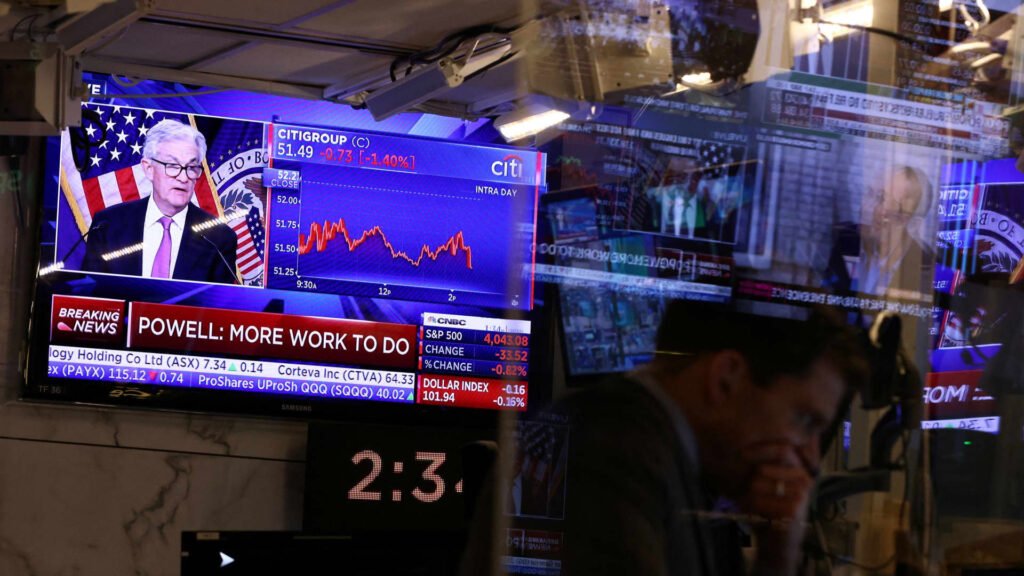Do you know that until three weeks ago the U.S. economy was still doing pretty well despite still-sticky inflation and the fastest set Federal Reserve interest rate increases we’ve ever seen? In its year-long battle against elevated inflation — from consumer prices to input costs to wages — the Fed hiked nine times since starting last March from near zero to the current 4.75% to 5% range on the fed funds overnight bank-to-bank lending rate. We told ourselves there wouldn’t be much of a problem in the economy because the Fed started raising rates from such a low base, and we didn’t think there was much slack in the system. Other than in Silicon Valley, we could not discern anything going really wrong. In fact, Fed Chairman Jerome Powell had been about to hit us with a 50-basis-point rate hike at the March meeting, indicating if more were needed he might even do it in lockstep — if not for the possibility of something unseen happening underneath, some rot in the system. Well, it turned out there was rot alright. Powell and company ended up raising rates just 25 basis points after last week’s meeting. That rot surfaced when a couple of banks that lent against stocks that weren’t public and cryptocurrency — Silicon Valley Bank and Signature Bank, respectively — collapsed nearly overnight. We had bank runs that happened so quickly that they couldn’t be stopped. The withdrawals happened over mobile and other devices — couldn’t even see them. The culprit? Fed rate hikes: They were so quick that they left any bank that bought too many longer-duration bonds, in an attempt to pick up a little more yield, heavily underwater. The bank examiners were blindsided and we find ourselves where we are with no real safety net for any accounts that are greater than the Federal Deposit Insurance Corporation (FDIC) threshold of $250,000. This new banking crisis injected a level of uncertainty we didn’t have before. Notice, I chose my words carefully because none of these…
Read the full article here





